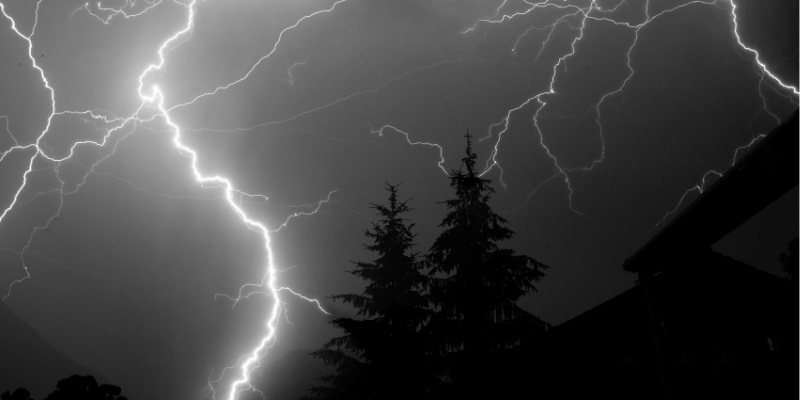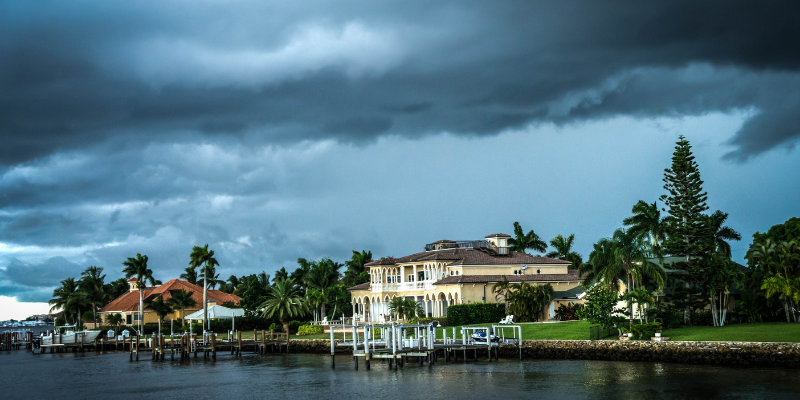The Best Tools for Disaster Preparation
The Best Tools for Disaster Preparation
Preparation Is the Best Prevention
If the COVID-19 pandemic has taught the world anything, it’s that each event is different from the last. It’s not enough to have an abstract plan in place when disaster strikes. The most effective disaster recovery and business continuity (DR/BC) plans are those that organizations practice routinely. Insurers and companies across all industries should prepare to stay online during a range of natural and man-made disasters. Disasters from earthquakes to pandemics and cyber-attacks.
Modern consumers have come to expect 24/7 accessibility from their service providers. A weak infrastructure that can’t reroute traffic or a third-party partner’s lapsed platform causing an entire system to go down are not just inconveniences. They’re threats to customer relationships. DR/BC plans should take such liabilities into account and test end-to-end.
Most insurers created DR/BC plans with hurricanes, winter storms or other natural disasters in mind. Not terrorist attacks or pandemics. Organizations should consider these plans as living documents for precisely this reason. The impact of contagious illnesses (e.g., COVID-19) on company staff and leadership may not be present in existing plans. If so, organizations may need to put social distancing into effect. Especially in key departments with high concentrations of knowledge or ability.
Preparation Is the Best Prevention
Even the best-informed DR/BC plan is unlikely to cover every scenario. Preparing the entire organization for emergencies. Drills in responses to create a form of muscle memory that makes employees ready to respond when new threats emerge. Pressure testing or refining a system is better done when an organization is running at full capacity. This is rather than after a disaster has emerged.
Plans may attempt to cover a broad range of known issues. Also, may look to incorporate reasonable fail-safe provisions to address contingencies if partner systems go down. But, they should still follow two rules.
Read More







